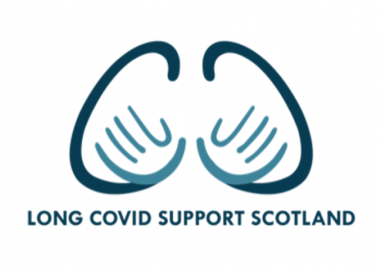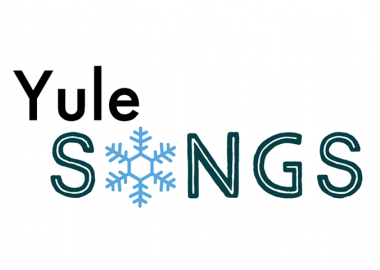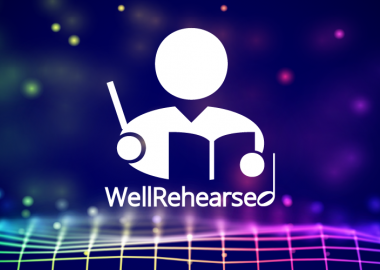Many of you will know only too well that with no notice choirs were restricted from meeting indoors in groups of more than six in England from 17 May, when other kinds of music groups were able to convene in whatever number their venue could accommodate with social distancing of 2 metres.
Making Music worked closely with other organisations, in particular the Association of British Choral Directors (abcd), the Royal School of Church Music, Association of British Orchestras, Incorporated Society of Musicians and Musicians Union, on messaging and content for our members, writing to ministers and speaking to relevant civil servants.
Member groups did an amazing job of writing to ministers, MPs and members of the House of Lords, with the result that over 30 questions were asked in both houses of parliament, there was much media coverage, and a rattled Caroline Dinenage, Minister of State for Digital and Culture (responsible for this guidance), ultimately opened a back door for choirs by saying that ‘the limits don’t apply to activity for work or commercial activity’.
Making Music Insurance Services then agreed that Making Music’s insurance policy would be valid if members rehearsed under that premise, i.e. towards an event which would pay them a fee or a concert for which tickets were being sold, as they would be complying with the minister’s guidance.
That succeeded in getting many choirs back to full strength rehearsals before Step 4 – if their venue would have them. We wrote to a number of venues at members’ request to explain the situation.
A further challenge remained – what was the scientific evidence allegedly underpinning this unexpected restriction? The links provided by government pointed to science published in August or September 2020, prior to choirs being allowed to meet in the autumn on the same footing as other music groups. We felt it was important to find out in order to anticipate future policy developments, and of course in order to keep choirs and their members safe, if new evidence was available that showed a particular risk.
We made a number of Freedom of Information requests in pursuit of this evidence. But we learnt that unless you ask the right department exactly the right question, you can easily be batted off. But we succeeded in forcing publication of the only SAGE (Scientific Advisory Group on Emergencies) minutes not yet in the public domain – and which related to a meeting immediately preceding the announcements about Step 3 of the England roadmap.
So was there a smoking gun lurking in those minutes which explained government policy on choirs? Well, perhaps partly: ‘Analysis of social contact survey data shows that large gatherings have a relatively small epidemiological impact overall and that small and medium sized groups between 10 and 50 people have a much larger impact on an epidemic.’
This may explain why the government was less worried about one Scotland-England football match than about frequent smaller events such as rehearsals. But why choirs?
The new England guidance issued on 19 July says: ‘Some activities can increase the risk of catching or passing on COVID-19. This happens where people are doing activities which generate more particles as they breathe heavily, such as singing, dancing, exercising or raising their voices.’
Note that in all the papers we have read, choirs are never singled out: singing is always mentioned in the same sentence as shouting and aerobic exercise, as potentially producing more aerosols than other activities. But we have also understood from ploughing through the scientific advisory material that the experts believe ventilation, the single best deterrent against aerosol transmission, is poorly understood by the public. They are particularly concerned about winter when activity moves indoors and people close windows and doors against the cold. Hence the emphasis on ventilation in the current guidance.
So the answer to ‘why choirs?’ is maybeprobably because someone in the Cabinet office actually sings in one, and when the decision-making forum heard from the advisors about the combined risks of indoor spaces, medium-sized frequent gatherings, bad ventilation and singing as one of the higher-particle producing activities, they immediately thought of their choir?
Perhaps that’s how it went, perhaps not. These are only humans, with a back story, trying to take difficult decisions. Unfortunately, these decisions can impact many lives.
Some final thoughts:
The scientists remain concerned about the risks of transmission, particularly in crowded indoor badly ventilated spaces, where medium-sized groups of people meet regularly for potentially vigorous virus spreading activity (singing, shouting, aerobic exercise): the age of mitigations is not over, risk assessment remains on the to-do list for now.
We have been told that no-one in government was expecting the sheer volume of letters unleashed by this guidance or the negative press it generated; well done, folks, and this may make policy-makers more wary in future of messing with choirs.
The new guidance makes no mention of non-professional vs professional performers. That is as it should be (because why would professional singers be less likely to spread Covid than non-professionals?), and what we have been asking for, for over a year. Rejoice.
Now is the time to download and use the free WellRehearsed app we have developed with abcd and report anonymously on your rehearsals every time they take place: only by gathering big data on the number of rehearsals, the number of infections reported after them and crucially the number (or lack) of onward infections will we be able in future to convince governments that singing, with mitigations, can be safe.
A painful chapter, hopefully now closed. And we have learnt things which make us better prepared, should anything similar happen again, in this pandemic or during another crisis.
Barbara Eifler
Chief Executive, Making Music










